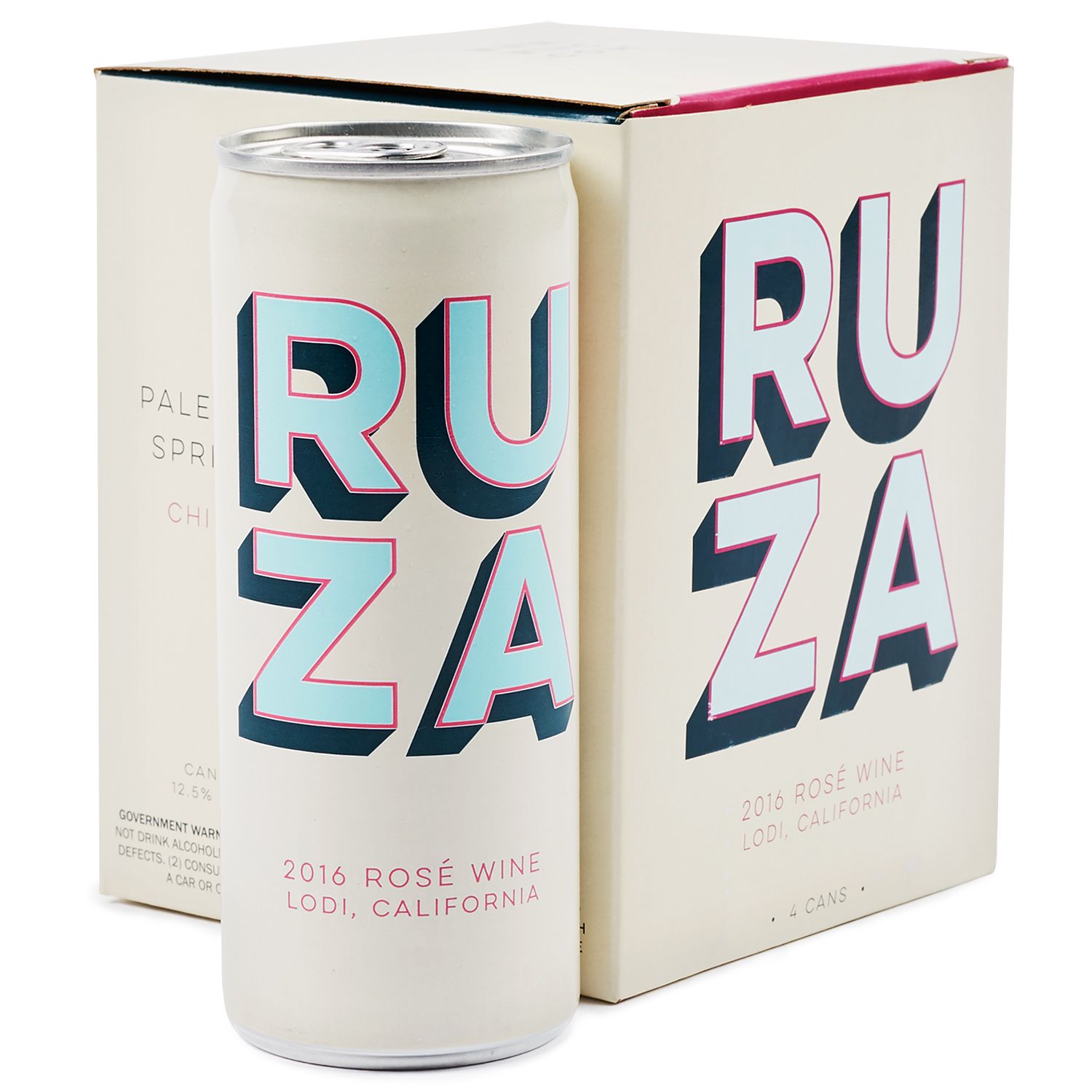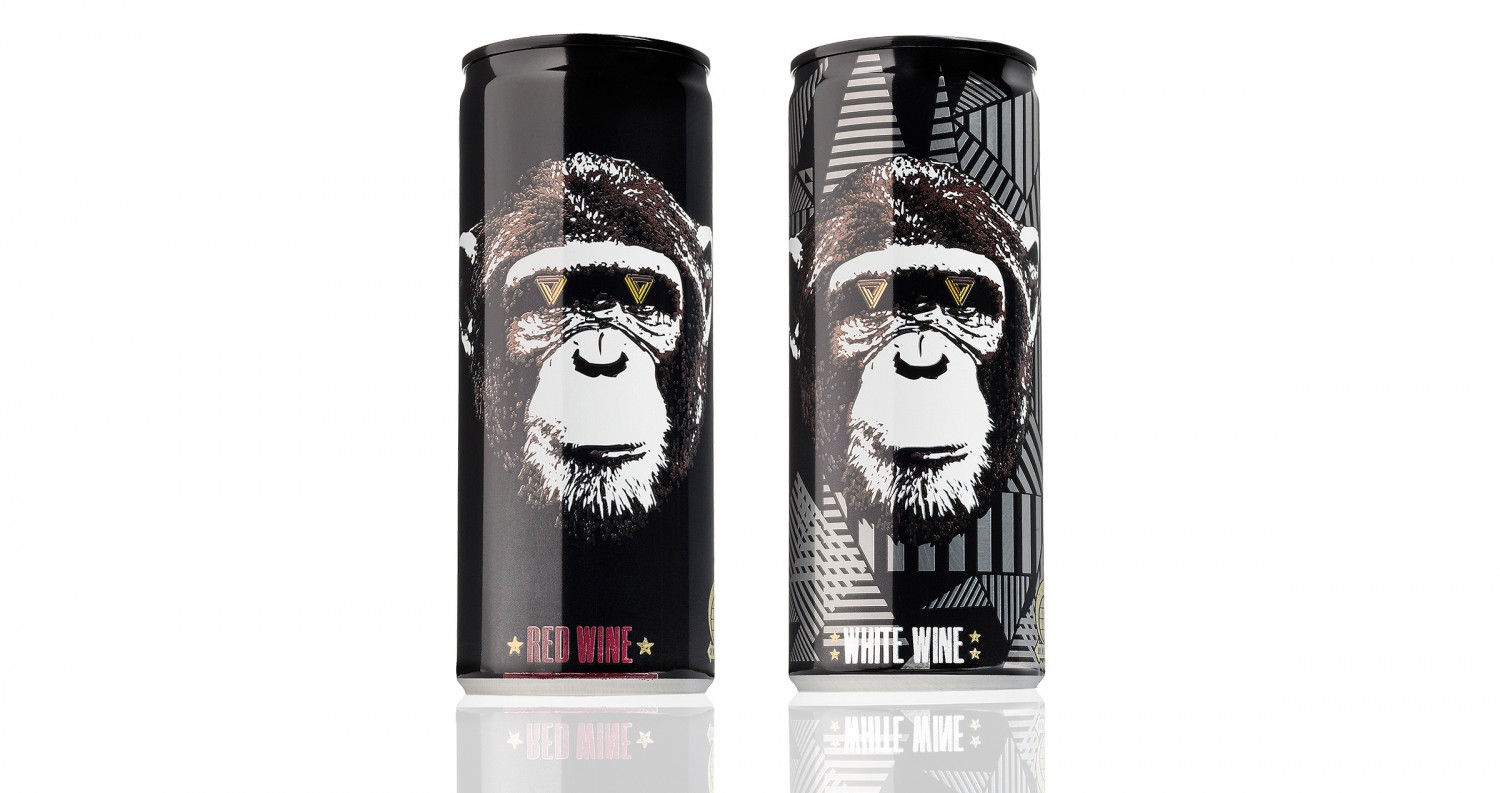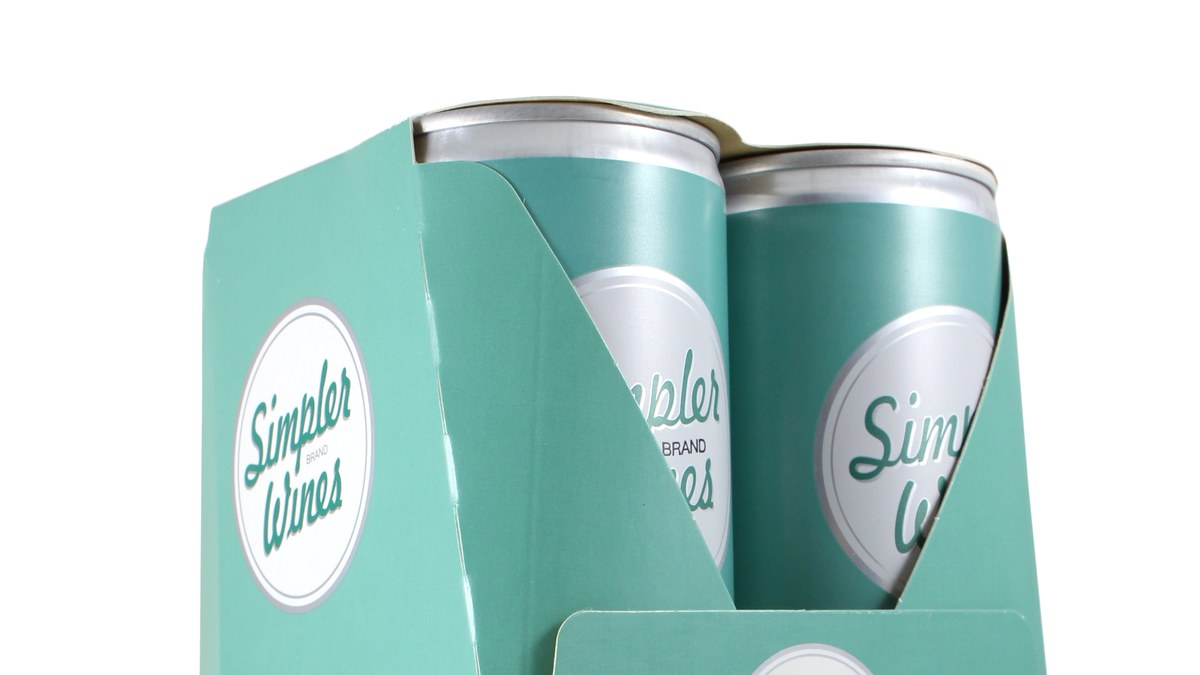The Rising Popularity of Canned Wine
By: Rudy Sanchez
Wine is wine.
There’s an expectation that it’s made from grapes, comes in a 750mL glass bottle, and topped with a cork. Anything that deviates from that formula is usually perceived as cheap or just plain, bad wine. More so than perhaps any other alcoholic beverage category, wine is the least likely to change or experiment in any way. This sameness and staid approach makes it difficult for the casual wine drinker to make a choice when they’re perusing the wine aisle.
The 750mL corked glass bottle also presents other issues. For starters, you might not want to down a bottle by your lonesome, and you just want one or two glasses. Some places you’d want to bring wine with you don’t allow glass containers, and corked wine requires you have a corkscrew at the ready.
There has been, of course, boxed wine, which comes in a resealable bag surround by a cardboard box. That solves some of the issues of a traditional wine bottle, but the quality is usually lacking, and these boxes are bulkier than a 750mL bottle. For bars and other venues, wine bottles pose stocking and storage problems as well, whereas beer, for example, can be found in standardized can sizes and shapes.
However, in recent years, more and more wineries and vintners are packaging their wine in cans. It’s a trend gaining popularity in the industry as aluminum is a more sustainable packaging material than glass and is easier to recycle. Plus, wine in cans (and in kegs) are completely sealed away from the outside world: no air can enter, no secondary aromas, and no light. The wine within stays fresher longer and the ideal taste is preserved.
Wine consumption is currently on a multi-year rise, and while Generation X is spending more on wine and is likelier to buy more expensive wine, millennials are drinking them under the table, buying nearly half of the wine purchased in the US.
While the 750mL corked bottle is unlikely to be replaced as the dominant form of packaging, inventive wineries are bucking tradition and forging new paths with canned wines, using the format to stand out and capture a piece of this growing niche market.
Underwood, made by Union Wine, is one of the earliest players in canned wine. They use a simple label featuring their name in a bold, sans-serif font, using a simple 2-color combination. The sparkling wine offerings are distinctive from the rest of the line with a shimmering finish that calls to the effervescent elixir within. Their marketing campaign includes the slogan “pinkies down,” and this Oregonian vintner is doing away with the notion that wine is snobby and pretentious, something that doesn't have to be fussy or expensive while maintaining its high quality. These cans don’t look out of place next to craft beers, and the no-frills philosophy not only shines through the packaging but resonates with many wine shoppers.
Another wine that takes a different approach is Infinite Monkey Theorem (IMT), who bill themselves as an “urban winery” out of Austin and Denver. Similar to Underwood, IMT is eschewing the traditional approach to wine marketing and presentation, and taking cues from the craft beer scene. The cans feature their logo, a chimpanzee with Penrose triangles in place of eyes, and instead of a contrived tale about how their grapes are grown and a picture sweeping hills along a coastline, they use bold, blocky letters that tell you what kind of wine it is, that it’s good, and it’s portable. The cans are simple 2-toned affairs, with geometric patterns being the only real embellishment.
Francis Ford Coppola, a more traditional winery, was one of the first winemakers to adopt canning, and in 2004, they introduced their immensely popular Sofia. Named for the iconic director's equally prolific daughter, Sofia is a sparkling blend that comes in a playful, pink can. Each can even comes with a straw, a unique feature that speaks to the portability of this canned wine. In recent years, they’ve further expanded their canned offerings by introducing the Diamond Collection, three premium white wines - Chardonnay, Pinot Grigio, and Sauvignon Blanc - that will fit perfectly in your picnic basket or cooler.
Canned wine is still a niche segment of the wine market, but it’s one seeing tremendous growth, and some wineries like Union Wine are betting big on the trend. Even Trader Joe’s has gotten in on the action. While there’s no shortage of traditionalists in the wine world, the number of rebels willing to experiment and think outside the glass bottle certainly seems to be growing.
Ref: www.thedieline.com






